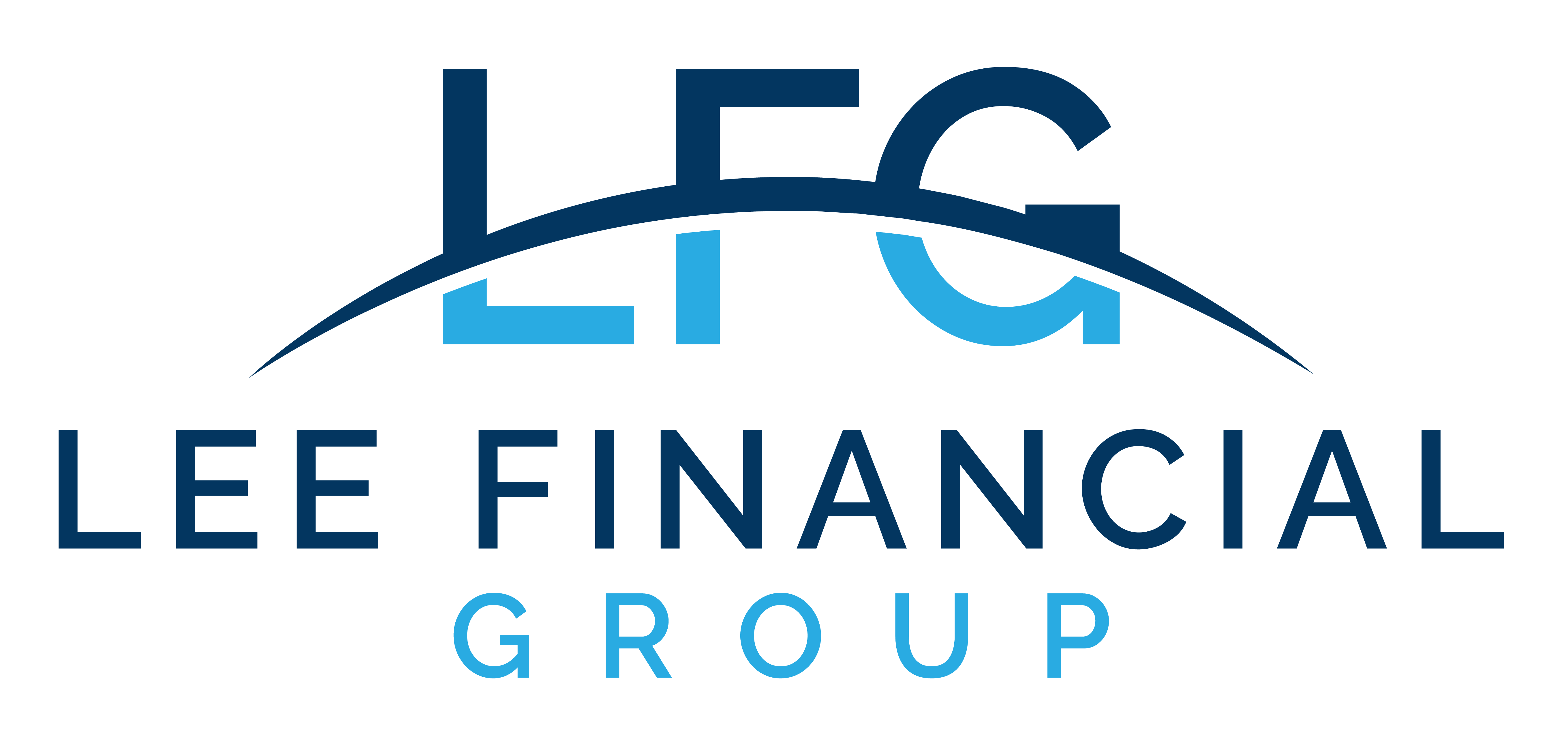Saving for retirement should be part of every stage of your work life, from your first job to your last years before retirement. A 401(k) or other similar employer-sponsored, tax-advantaged retirement savings vehicle is, for many people, the core piece of their retirement nest egg. The sooner you start, the better; however, as you move through your financial journey, at each stage your goals, the amount of income you are able to contribute, your tax situation, and your risk profile may be different. This will require your 401(k) to evolve along with you.
How do you know you are on track to meet your retirement goals? Rather than think about it as a number you need to get to by the time you are at retirement age, there are some rules of thumb that can help you check your progress along the way.
Pegging it to your own current salary can help you create retirement goals that are more meaningful. For example, by age 35, a goal of having between one and two times your current salary saved is a good benchmark. By age 50, the number increases to between three and six times your salary. At age 60, retirement savings of six to eleven times your salary may be more appropriate to your goals.
The ranges here are broad because career paths vary and so do retirement goals and dreams. Understanding what works for you, and creating flexibility is the most important thing.
How do you get there? There are some things to think about, and some trade-offs, at every age.
Early Career: What’s Important?
When you’re just starting out, there are a lot of competing demands on your relatively smaller income. From student loans to paying rent and other living expenses, it can feel like a lot to make your paycheck smaller by contributing to a 401(k). However, there are two compelling reasons to prioritize contributions:
- Starting early means your investment has the longest amount of time to grow. Even small amounts invested in your early years have the potential to grow significantly. Retirement accounts can also be a source of funding if needed. It’s possible to take a loan from your 401(k) plan without triggering penalties or taxes.
- If your employer offers a matching contribution, you should contribute at least enough to qualify for the match. Otherwise, you’re just leaving money on the table.
At this stage of your career, you have decades before you’ll need the money, so as long as you are comfortable, an asset allocation of between 80%-100% equities may be appropriate.
Mid-Career: Maxing Out Your Contributions
As your salary increases, so does your tax liability. Maxing out your 401(k) contributions reduces your taxable income, potentially lowering your taxes. In 2024, the maximum contribution limit is $24,000. Hitting this level will allow you to put the highest amount of tax-advantaged funds to work, so it can be the quickest way to build your nest egg.
At this stage of your career, when you are still decades from retirement, a high equity percentage in your allocation can help your investments grow. However, if you have company stock, you may need to pay careful attention to your asset allocation to avoid taking on more risk and creating a concentrated portfolio.
The Last Decades: 50+
Once you hit 50, the IRS allows you to make an extra contribution, called a “catch-up contribution.” In 2024, this amount is $7,500, for a total contribution of $30,500. These are likely to be your highest earning years, and putting away the most money possible has a big impact.
As you get close to retirement, you may want to dial down the risk in your portfolio by reducing the percentage of equities. However, at this stage, it’s even more important to understand if you are tracking to your goals. Since you are still working and contributing, it may make sense to continue to focus on growth, rather than protecting your capital.
Focus on Your Asset Allocation
At whatever stage you are at, focusing on your asset allocation is important. Beyond determining the risk profile you are comfortable with, deciding on an asset mix that creates diversification is essential to managing volatility.
Your portfolio investment mix will change over time, as your investments either grow or shrink in various market conditions. This can result in your portfolio straying from the asset allocation you have set and can result in your portfolio becoming overweight in riskier investments. It’s a good idea to rebalance your portfolio at least annually, to bring your investment in line with your desired asset allocation.
If you have changed jobs, and you haven’t rolled over your 401(k) plans, be sure to keep track of your other plans, besides your current employer, and make appropriate changes. You should view your asset allocation across all investments to be sure your risk profile is in line with your goals and your preferences.
The Bottom Line
Contributing to a 401(k) plan is one of the easiest and most effective ways to save for retirement. At each stage of life your goals and choices may be different, but consistently contributing will keep you tracking towards a comfortable retirement.






What a Weaker Dollar Means for Your Investments